If you are looking for a unique way to express your creativity and add a personal touch to your home decor, needle felted decorations might just be the perfect craft for you! With its versatility and charm, needle felting offers an opportunity to create stunning pieces that reflect your personality and style. In this article, we will delve deep into the art of needle felted decorations, sharing personal experiences, tips, and ideas to help you get started.
What is Needle Felting?
Needle felting is a popular textile art form that involves intertwining wool fibers using a barbed needle. The process creates a dense, solid fabric that can be shaped into various forms, making it perfect for decorative items. The beauty of needle felting lies in its simplicity and the variety of objects you can create!
Materials Needed for Needle Felting
- Wool Roving: This is the primary material for needle felting. You can find various colors and types of wool at craft stores.
- Felting Needles: Special needles with barbs that help interlock the wool fibers.
- Felting Foam: A surface to work on, which protects your needles and hands.
- Wire for Armatures: If creating 3D figures, you’ll need wire to form the skeleton of the figure.

Choosing the Right Wool
When it comes to selecting wool for your needle felted decorations, quality matters. There are various types of wool, including merino, romney, and corriedale, each with unique properties. Some important factors to consider are:
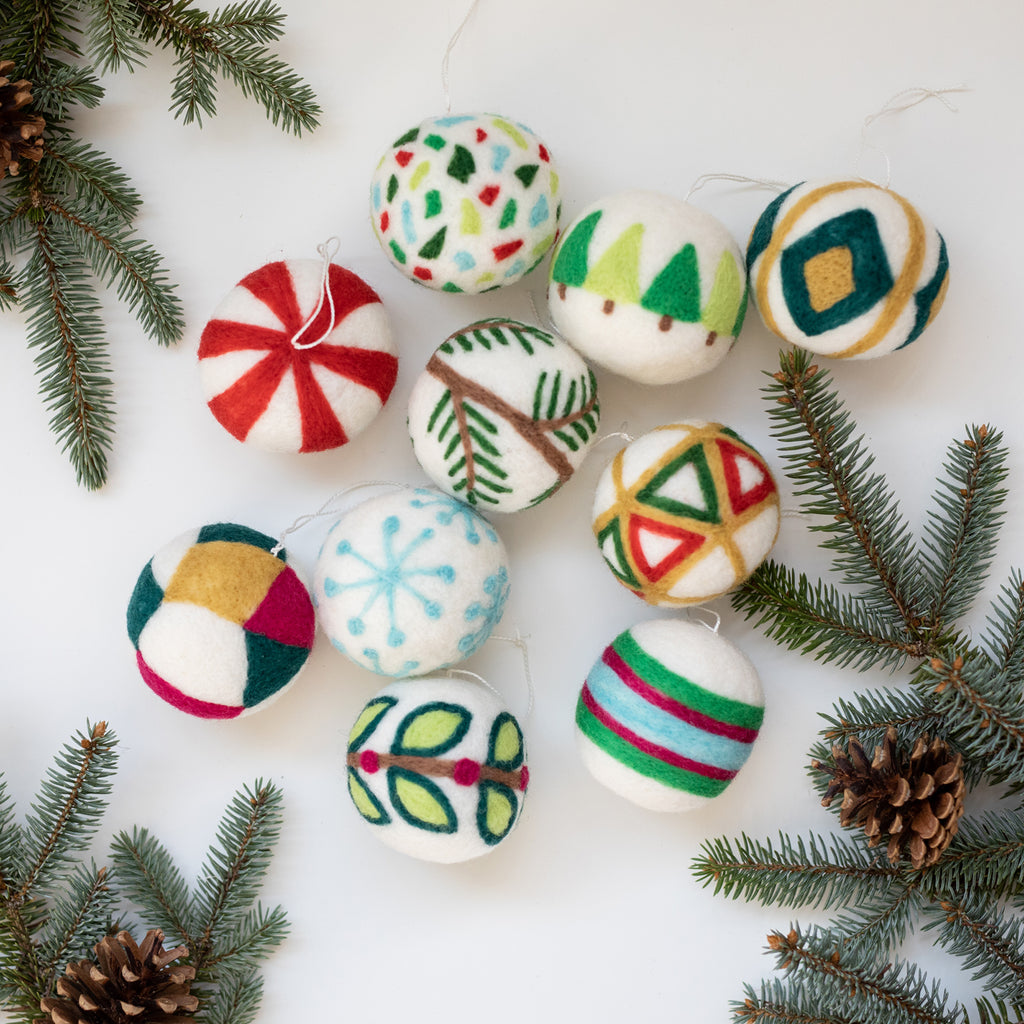
| Wool Type | Softness | Price | Best For |
|---|---|---|---|
| Merino | Very Soft | $$$ | Soft toys, detailed work |
| Romney | Medium | $$ | General projects |
| Corriedale | Coarse | $ | Rug making, sturdy pieces |
Getting Started with Needle Felting
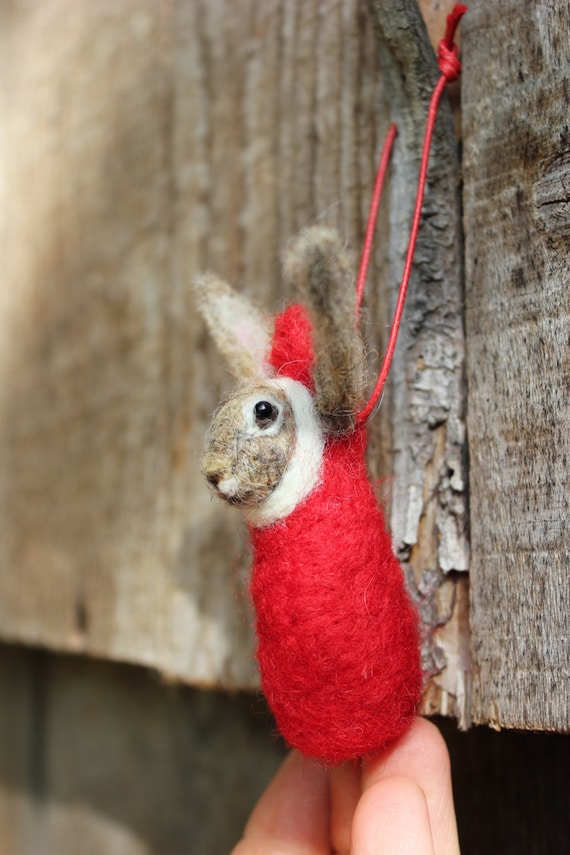
Let’s dive into some basic techniques and first projects to start your journey into needle felting.
Basic Needle Felting Techniques
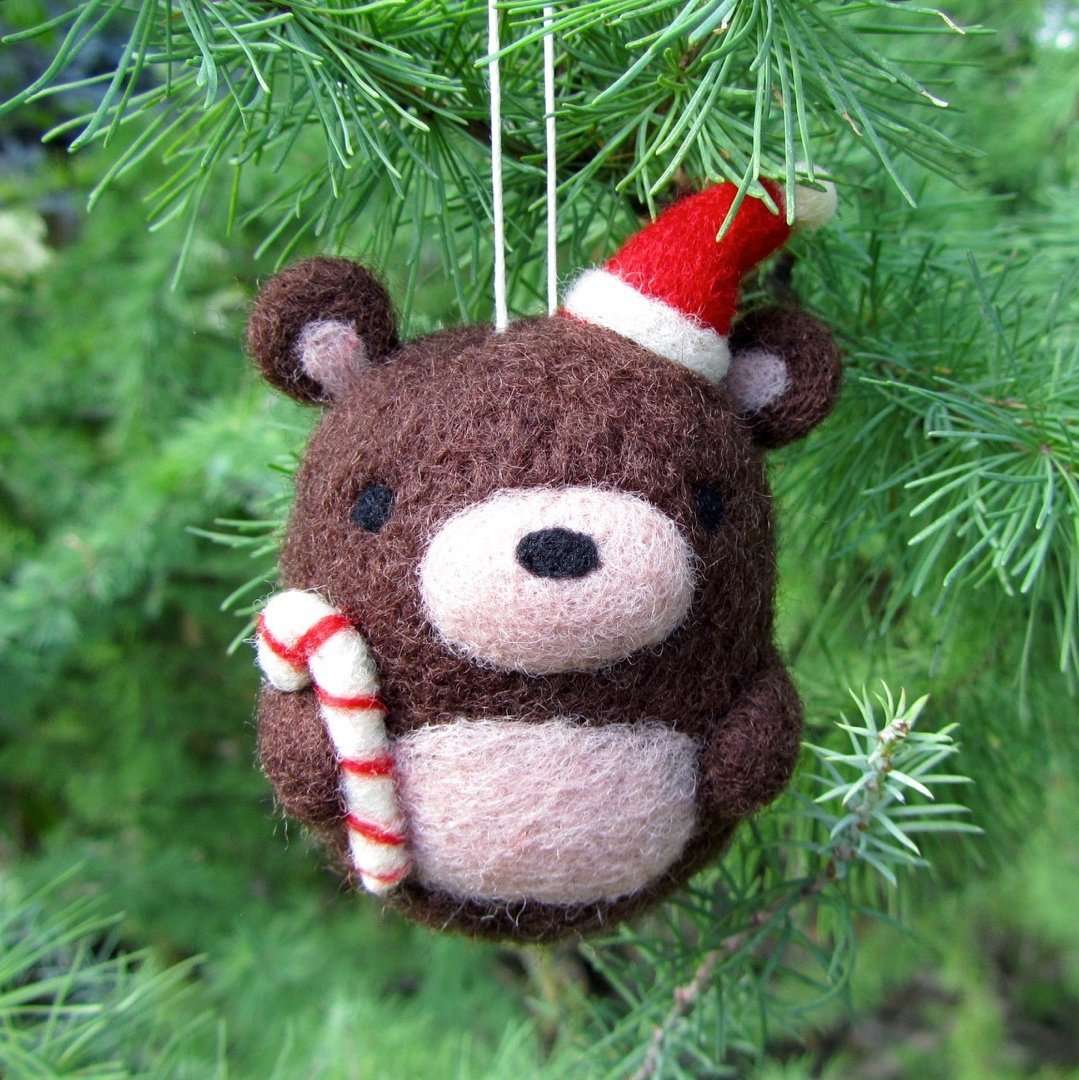
Understanding these fundamental techniques will set you up for success:
- Poking: This is the most basic technique where you repeatedly poke the needle into the wool to tangle the fibers.
- Layering: Start with a base shape and layer wool on top to create more volume.
- Sculpting: To create 3D shapes, use your fingers to mold the wool while poking it with the needle.
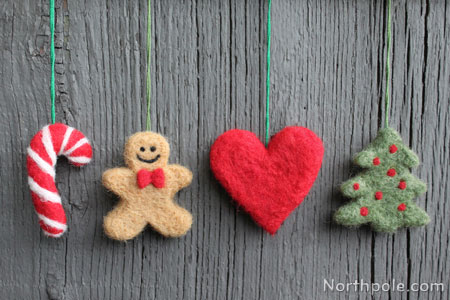
Simple Needle Felted Decoration Ideas
Here are a few projects that are perfect for beginners:
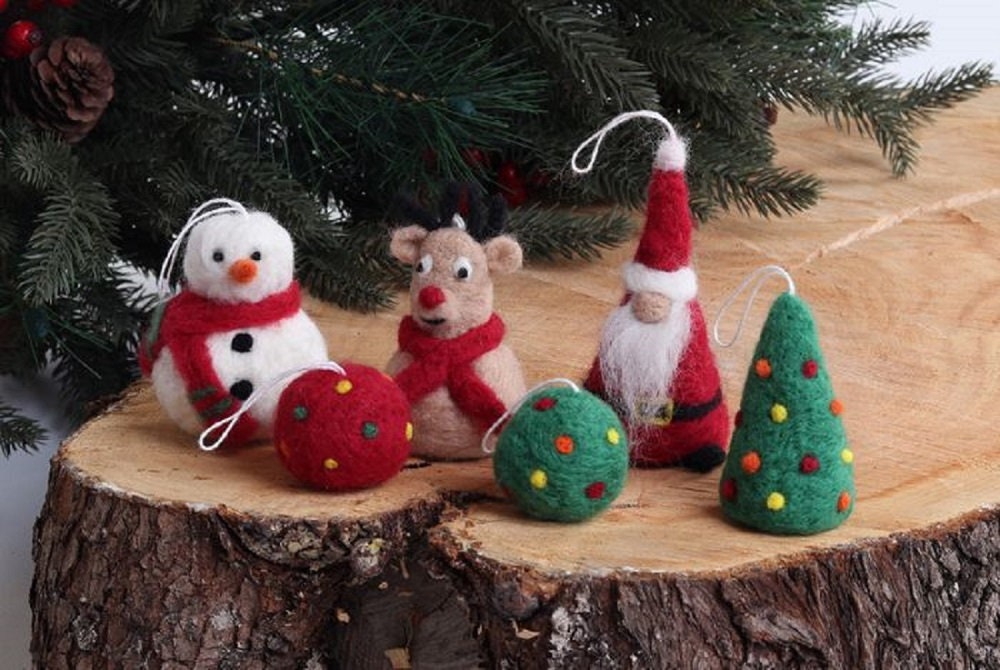
1. Needle Felted Ornaments
Ornaments are a delightful way to practice your skills. Think holiday-themed decorations or seasonal motifs.
2. Felted Flowers
Create beautiful flowers that can be used as brooches or home decor accents. The options are limitless!
3. Needle Felted Animals
Start simple with small creatures like bunnies or birds. You’ll gain confidence as you learn to shape and detail them.
Advanced Techniques and Projects
Once you’ve mastered the basics, you can explore advanced techniques that will elevate your needle felting game.
Wet Felting vs. Needle Felting
While both methods create felt, they involve different techniques and results. Here’s a quick comparison:
| Aspect | Needle Felting | Wet Felting |
|---|---|---|
| Method | Poking wool with needles | Using water and soap to mat fibers |
| Texture | Firm and sculpted | Soft and flexible |
| Duration | Quick to create | More time-consuming |
Unique Decoration Projects to Try
1. Needle Felted Wall Art
Transform your wall into a canvas of felt art. Create landscapes, abstract designs, or personalized portraits.
2. Felted Home Accents
Add felted coasters, plant pot covers, or cushion covers to your home for a cozy touch.
3. Seasonal Decor
Craft decorations for different seasons, like felt pumpkins for fall or snowflakes for winter!
Tips for Successful Needle Felting
Here are some invaluable tips based on my personal experience:
- Start small! Begin with simple projects to build confidence.
- Don’t be afraid to experiment with colors and techniques.
- Always use a felting mat to protect your needles and workspace.
Care and Maintenance of Needle Felted Items
To keep your needle felted decorations looking their best, follow these care tips:
- Keep away from moisture: Felt can absorb water, leading to deformation.
- Dust regularly: A soft brush or cloth will keep your pieces clean.
- Store carefully: Avoid stacking heavy items on top of felted pieces to prevent flattening.
Frequently Asked Questions (FAQs)
1. What type of wool is best for needle felting?
Merino wool is often recommended for beginners due to its softness and ease of use. However, other types like Corriedale can also work, depending on the project.
2. How do I fix mistakes in needle felting?
You can easily fix mistakes by adding more wool to cover the area or re-shaping the item gently.
3. Can children participate in needle felting?
With supervision, children can safely engage in needle felting. They should use larger, less sharp needles and work on simpler projects.
4. How long does it take to create a needle felted decoration?
Time varies depending on the complexity of the project. Simple ornaments can take as little as an hour, while more intricate pieces might require several hours or more.
Conclusion
Needle felted decorations are more than just crafts; they are a way to unleash your creativity and bring warmth into your home. Whether you’re creating gifts, seasonal decor, or just indulging in a fun hobby, the journey of needle felting can be immensely rewarding. So grab your materials and start crafting your very own needle felted masterpiece!